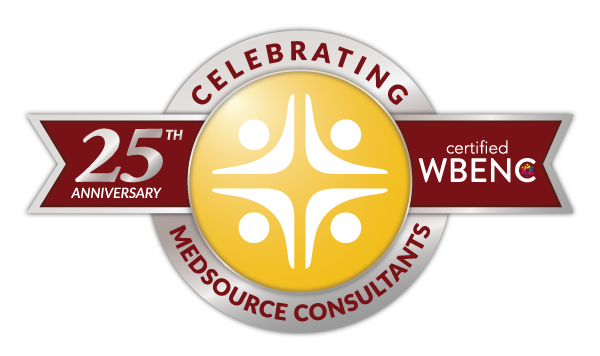Physicians Benefit from Collaboration with NPs and PAs
Bob Miller

Delivering an optimal level of health care is the primary focus for all clinicians, regardless of title.
Nurse practitioners, physician assistants, and physicians all have similar goals of desirable outcomes when treating a patient, and while one may be capable of delivering quality care without the other, there is little question that they are stronger when they are together.
A collaborative agreement is forged when a nurse practitioner or physician assistant, also known as non-physician practitioners (NPPs), develops a relationship with one or more physicians by which they will jointly provide patient care. While PAs almost always work with supervising physicians, NPs are occasionally granted more autonomy and are allowed to practice independently in some states. However, even in these states, a collaborative agreement is sometimes forged because of its mutually beneficial nature. As of 2011, 49 percent of office-based physicians worked alongside a nurse practitioner, and with the number of practicing NPs expected to nearly double by 2025, it is a relationship that we can expect to see more of.
Of course, as is the case in any partnership, there are several factors that come into play and can determine levels of success. Finding the right match of NPP and MD based on specialties, skills, and competencies of both is critical to the relationship. Additionally, both parties will find that their ability to trust one another, communicate effectively, and share mutual goals in practice is a large determinant in achieving the desired end result as well. Once the correct partnership has been forged and all the necessary details for success have been addressed, most will find a multitude of benefits to be the result.
Benefits of Collaboration
When collaboration is approached correctly with mutual respect and goals for patient care, it offers a wealth of benefits to all of those involved, particularly the patient. Over the years, research has indicated lower mortality rates in ICUs where strong nurse/physician relationships exist. Yet another study of fourteen hospitals which had achieved the American Nurses Credentialing Center’s “Magnet” status revealed that strong, collaborative partnerships between physicians and nurses yielded preferable patient outcomes. These results can be attributed directly to strong levels of communication, a positive work environment, and optimal use of each clinician’s individual skills.
In addition to higher quality of patient care, a well thought out partnership between doctor and NPP can serve to expand the expertise of the medical practice. As the saying goes, “Two heads are better than one.” This is no more true than in a health care environment when shared knowledge and ideas are critical to diagnosis and treatment. Practices which offer practitioners with similarly aligned areas of expertise expand their knowledge, resources, and, as previously mentioned, their patient outcomes. One such scenario is played out regularly at the highly regarded Milton S. Hershey Medical Center at Penn State University. Here, several physicians, have enlisted the help of NPs and PAs and recognize that they are better for it. Dr. Walter Koltun, a colon and rectal surgeon who practices at the center has been able to increase surgeries by 30 percent with the aid of nurse practitioner, Marjorie Lebo, and acknowledges the benefits for both himself and his patients, saying, “It’s a great system for me, and the patients perceive that they have added access to healthcare.”
In coming years, the need for medical practices to rely on qualified nurse practitioners and physician assistants, especially for primary care services will only increase. In 2012, 84 percent of NP graduates were primary care focused, as opposed to only 11.6 percent of physicians graduating from medical school. Similarly, 31 percent of PAs were primary care focused in 2010. Increasing reliance on skilled NPs and PAs will be necessary for both meeting patient demand and keeping operational costs in line. Attracting and retaining them will prove to be critical to the success of many facilities. Fostering a collaborative environment is one means by which to do so.
Nurse Practitioner State By State Guide MedSource Consultants
